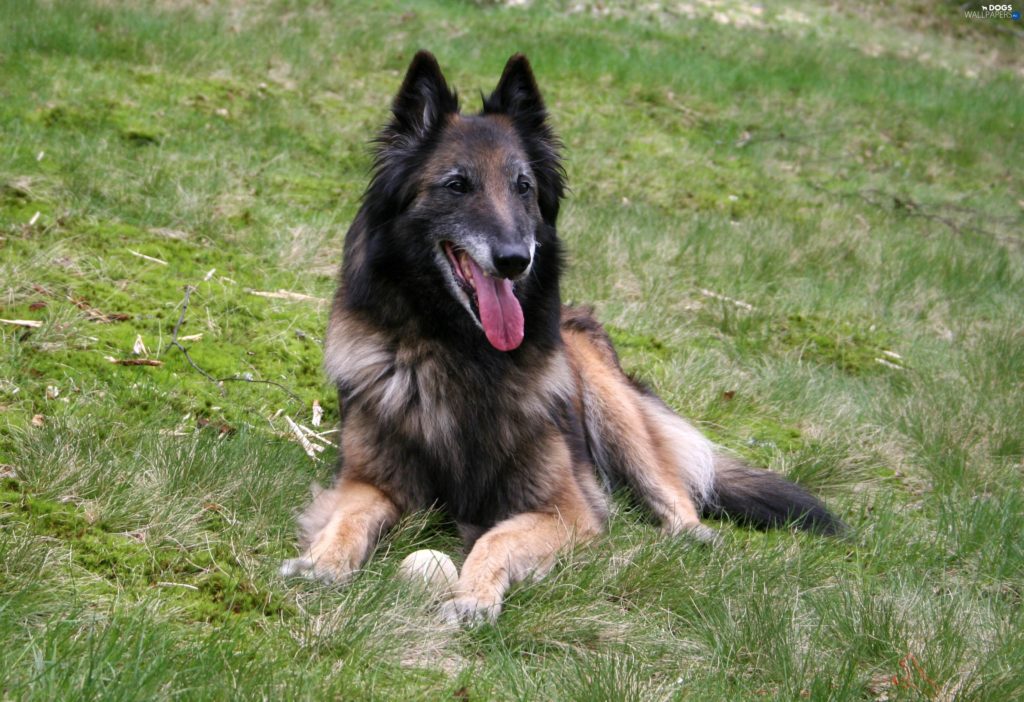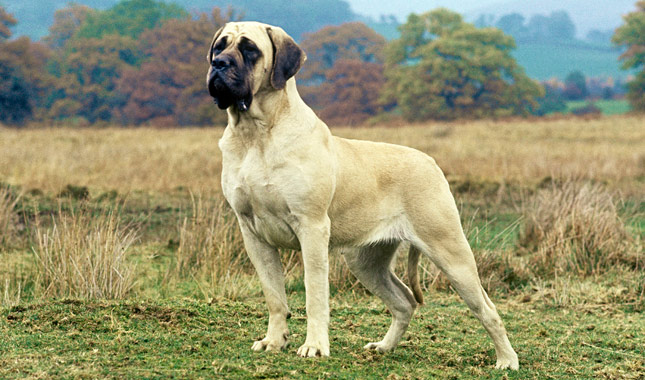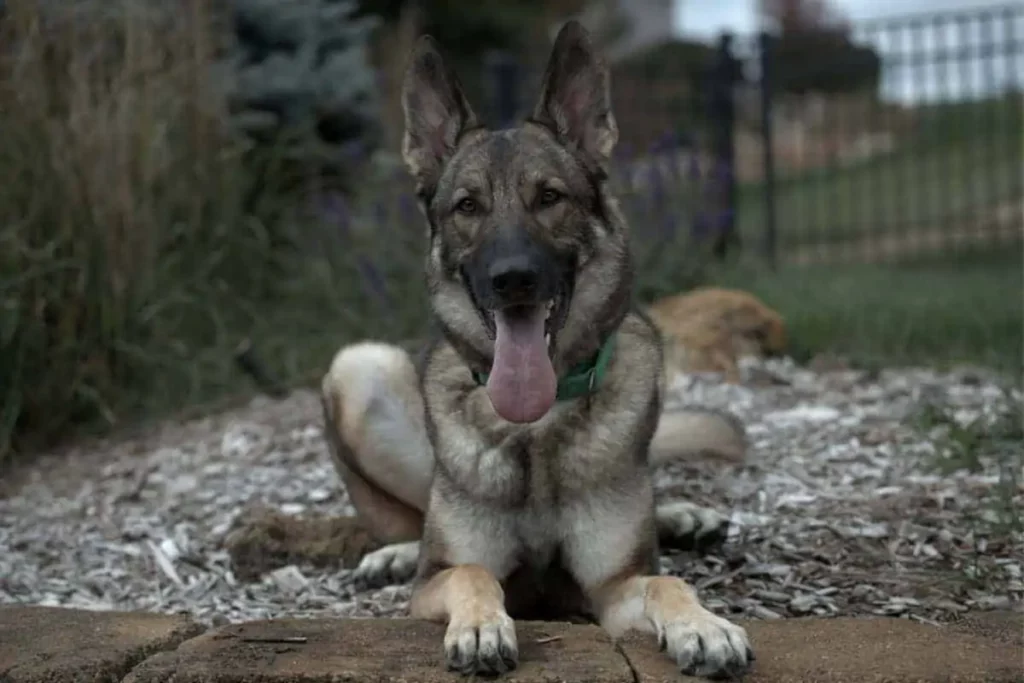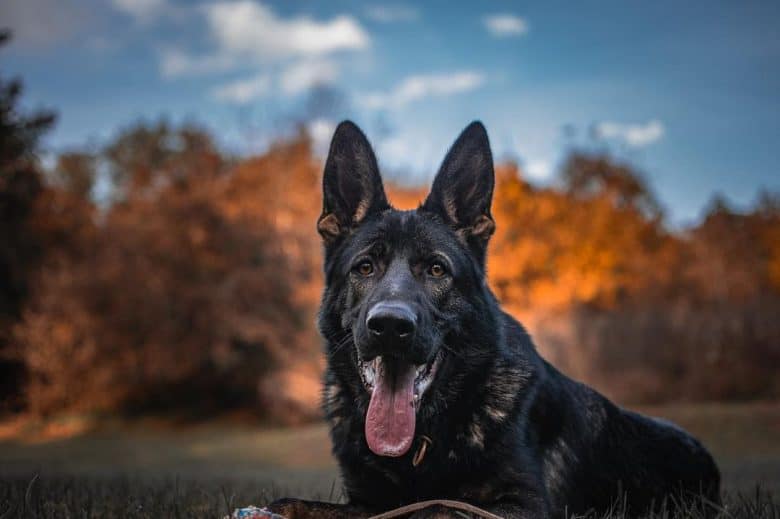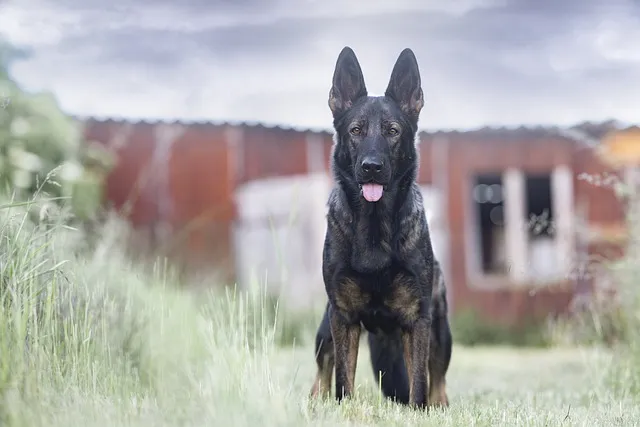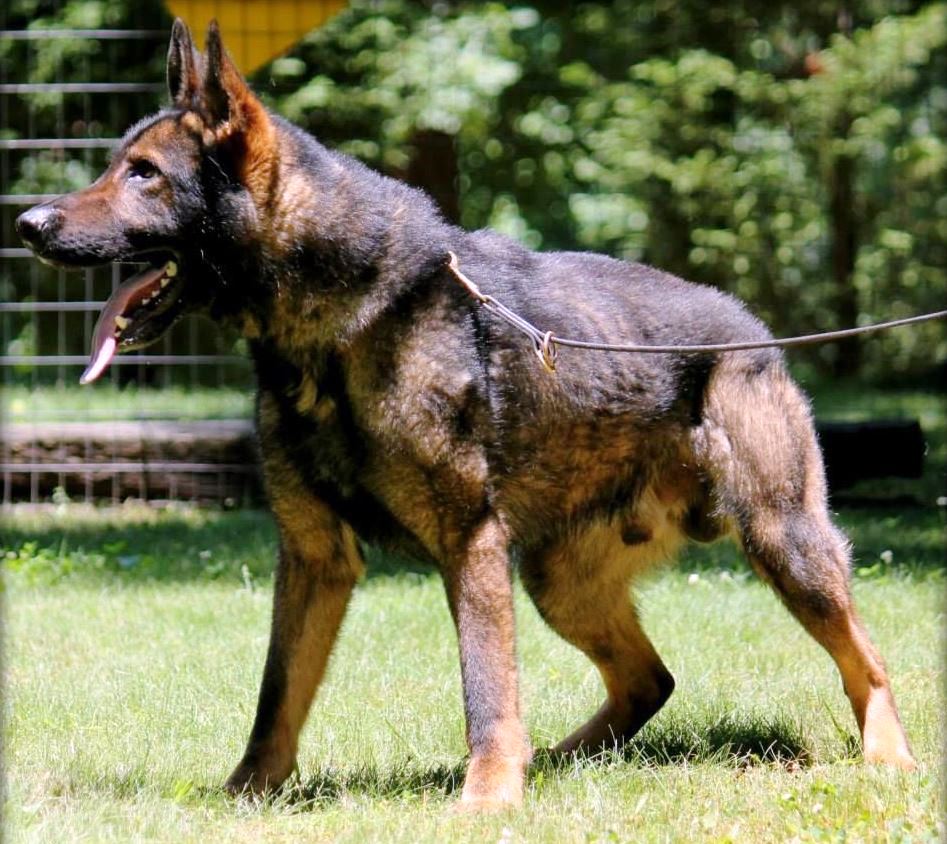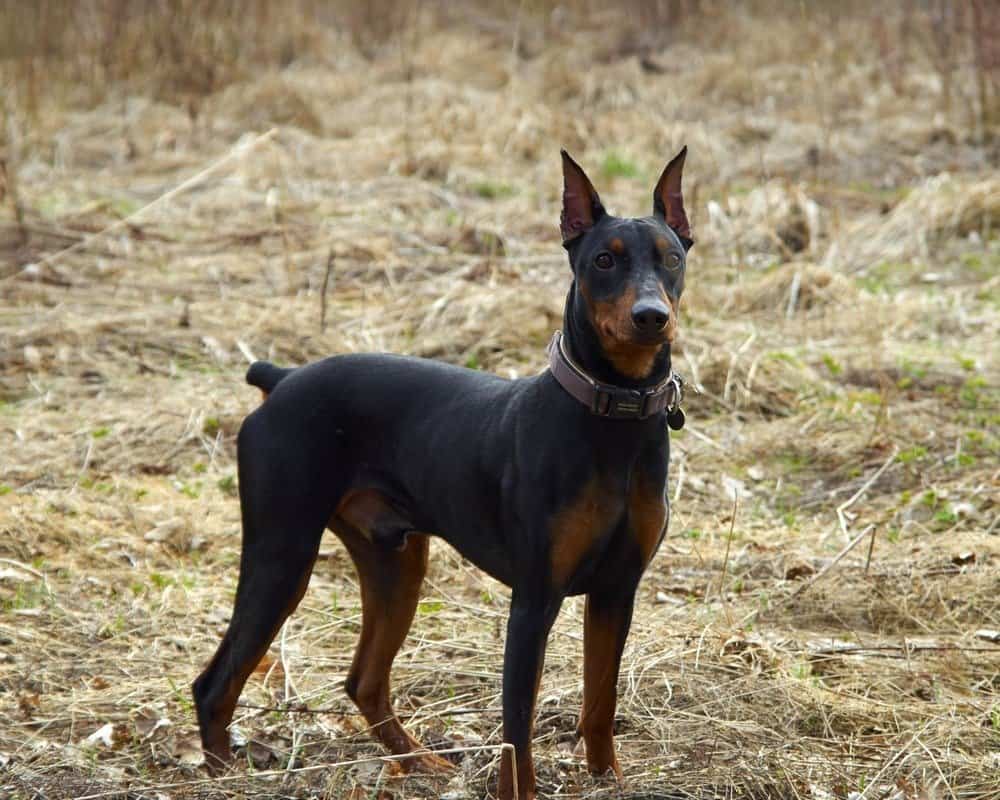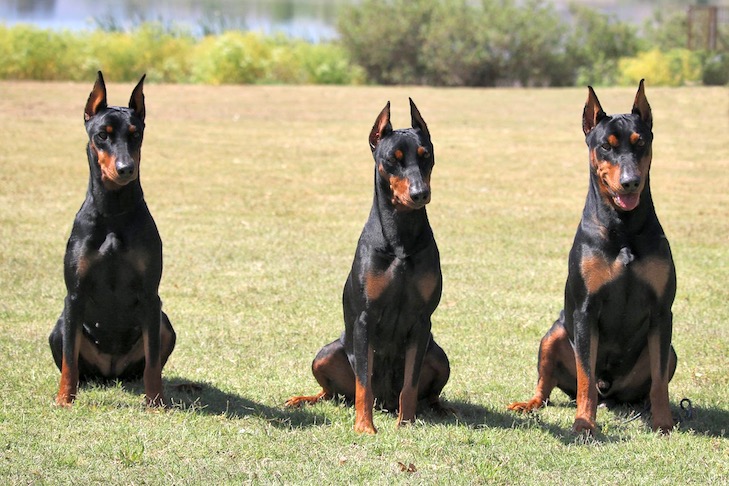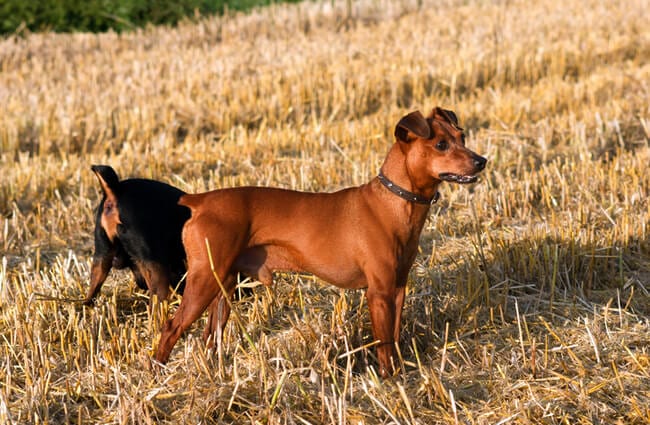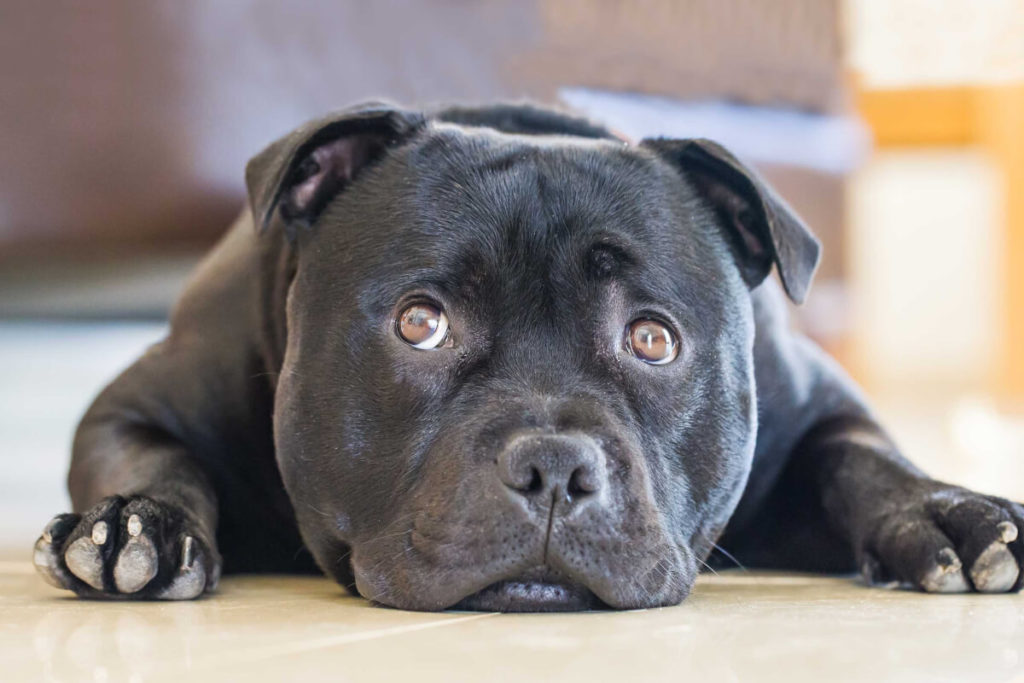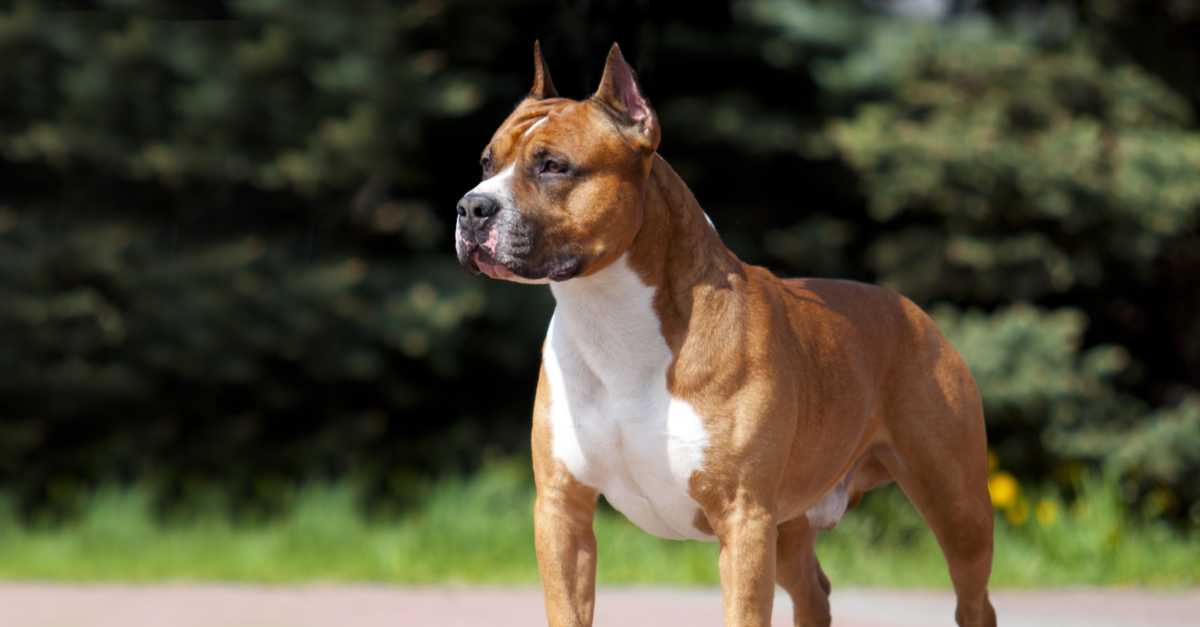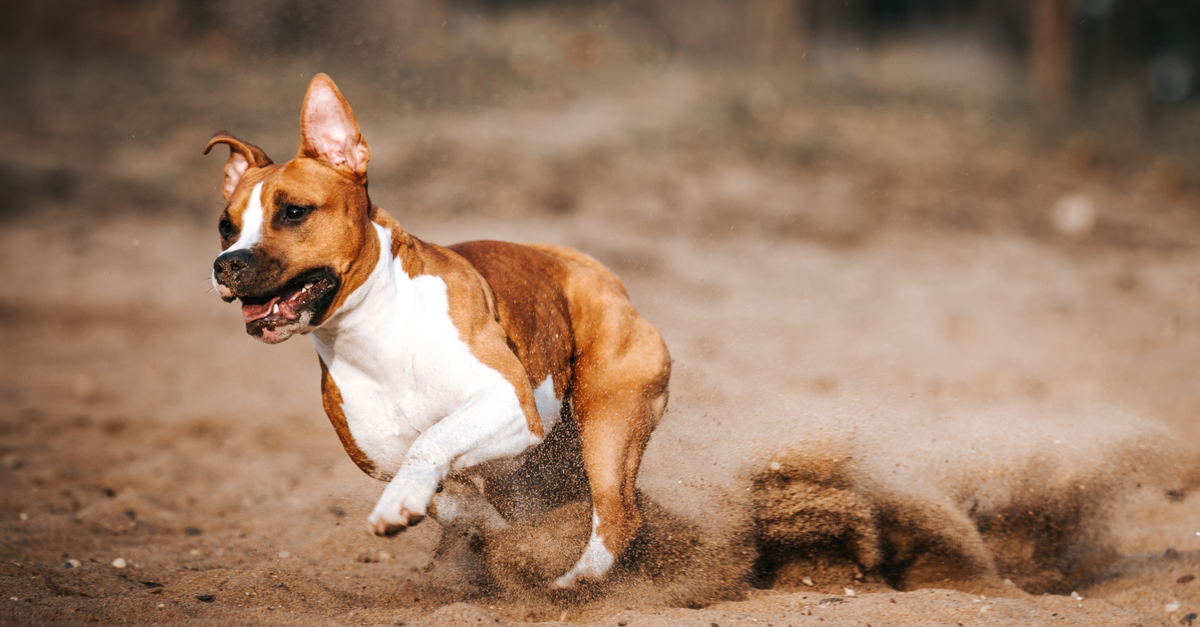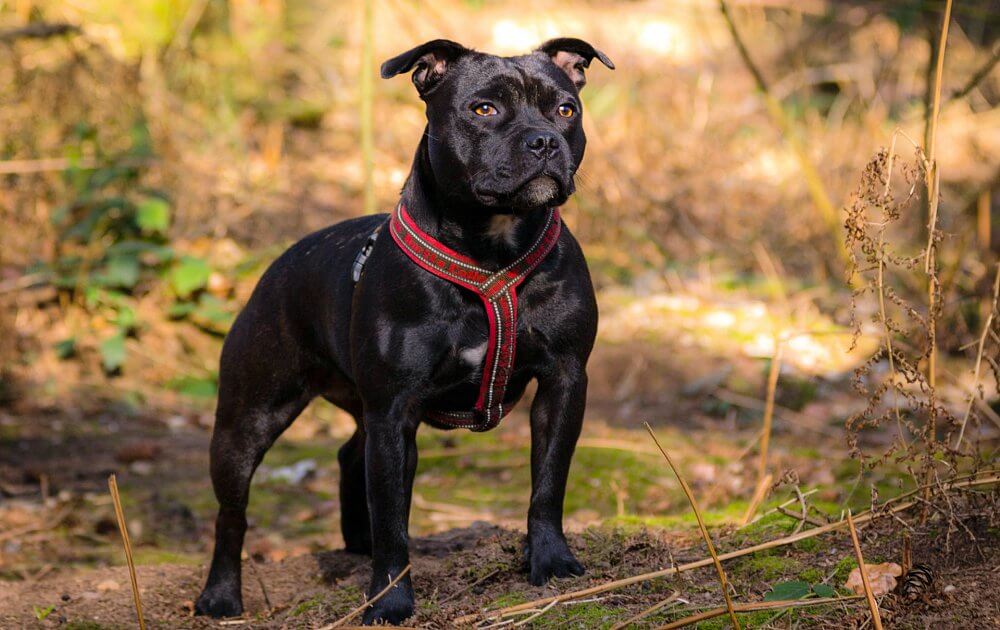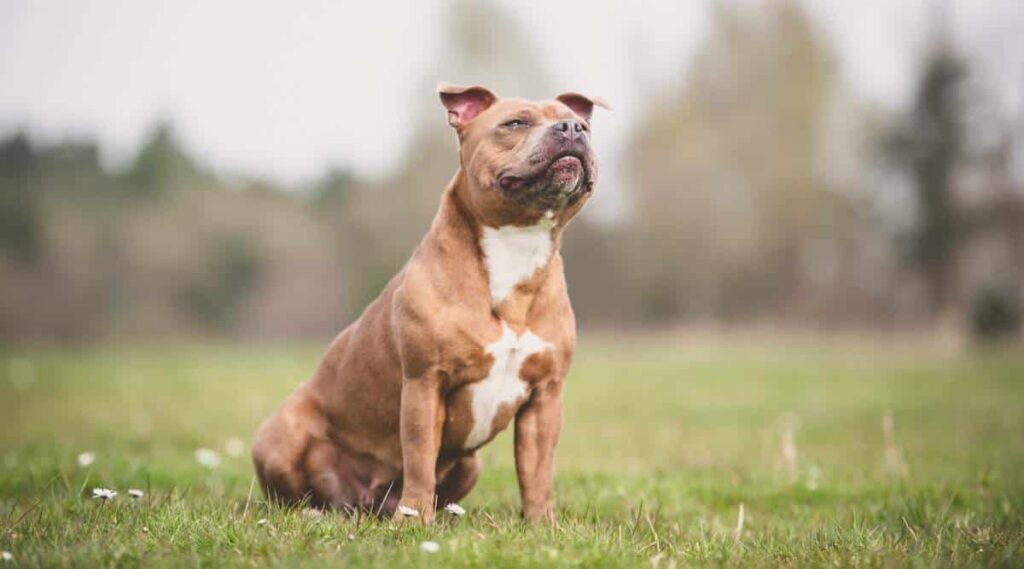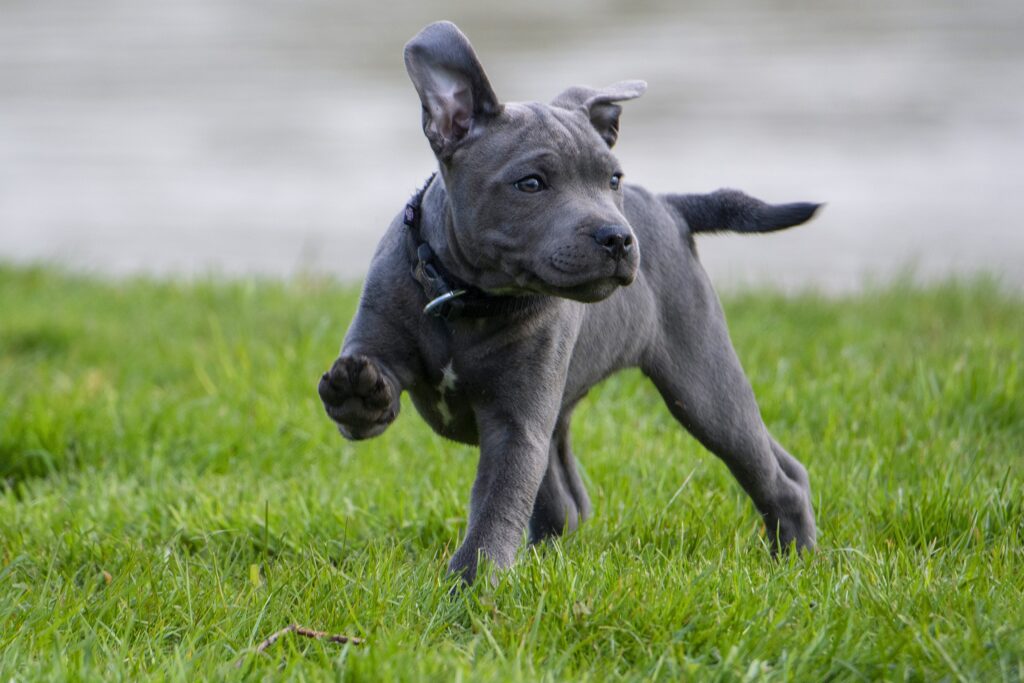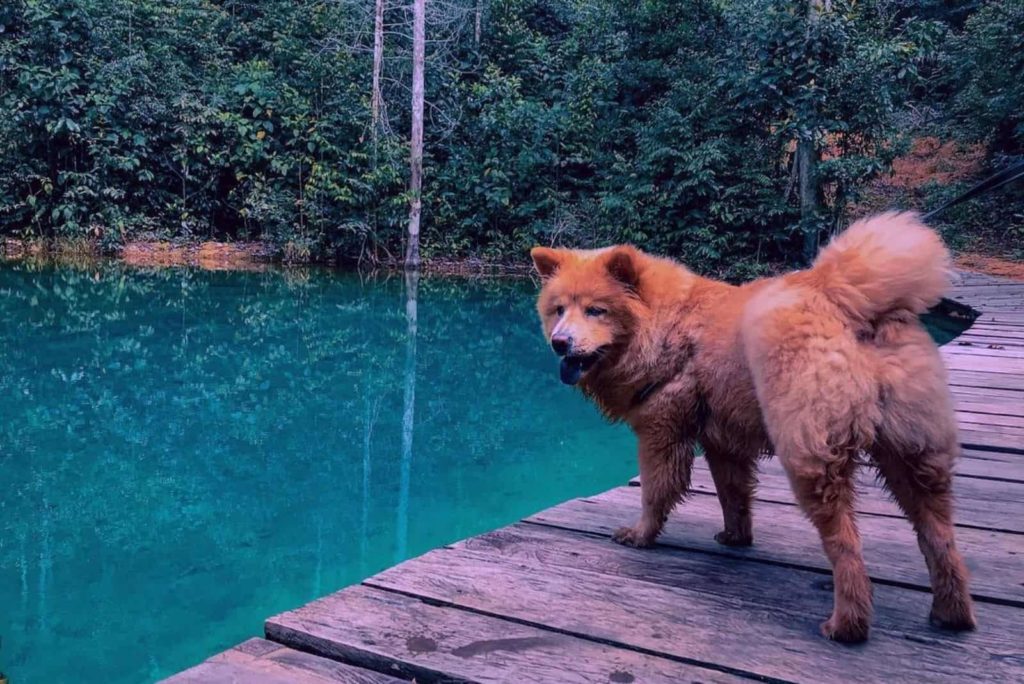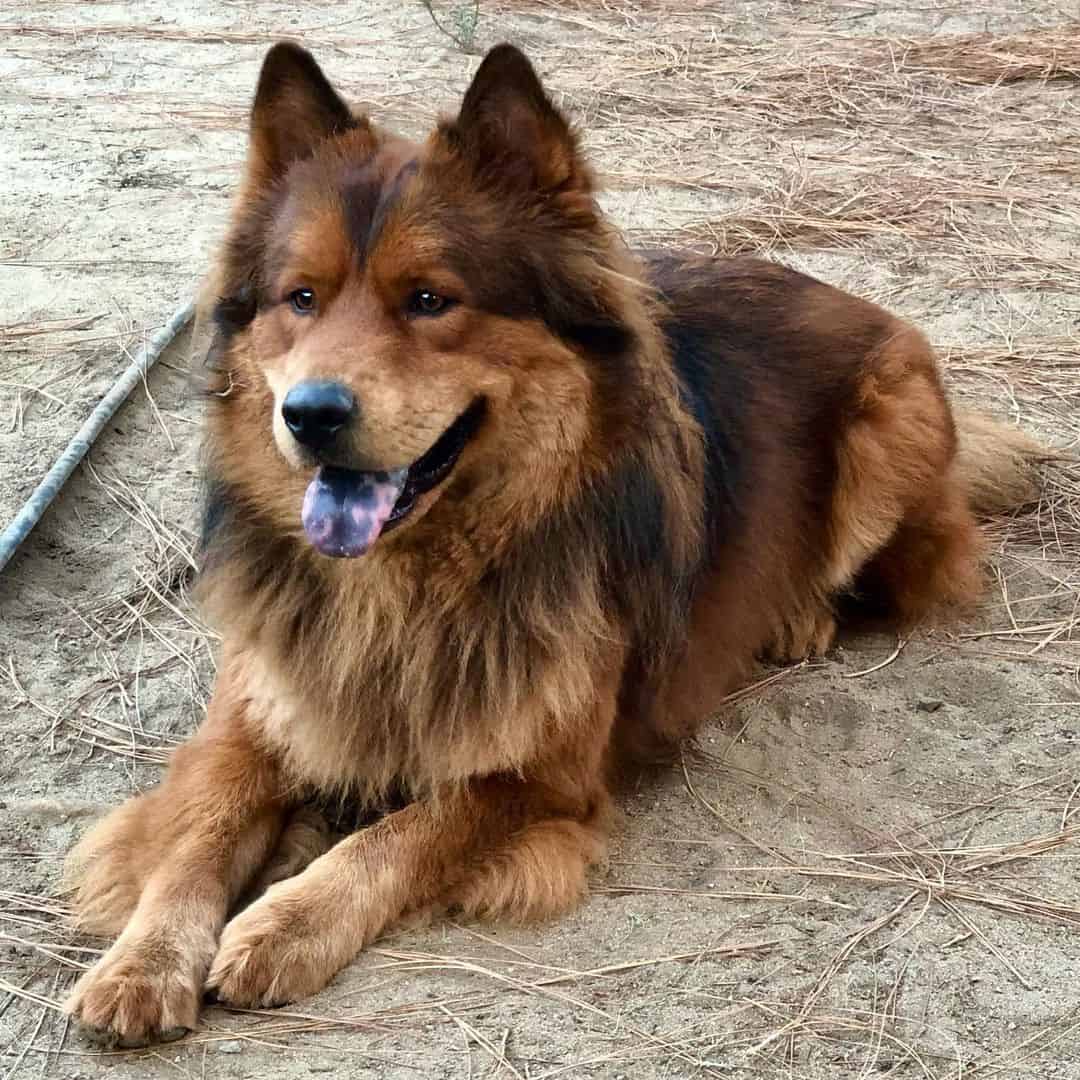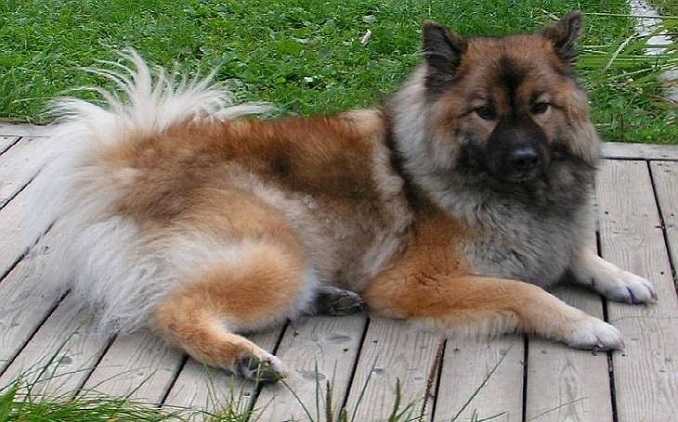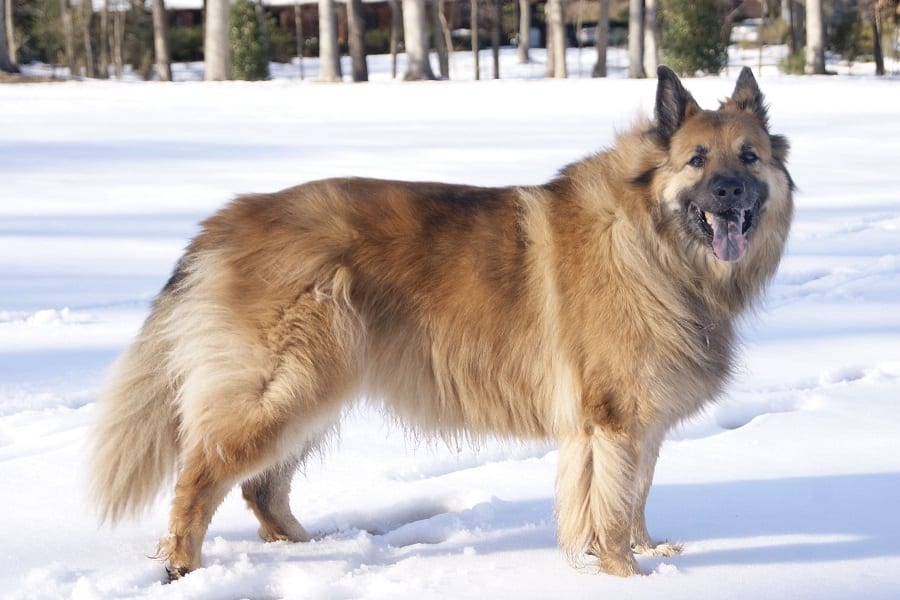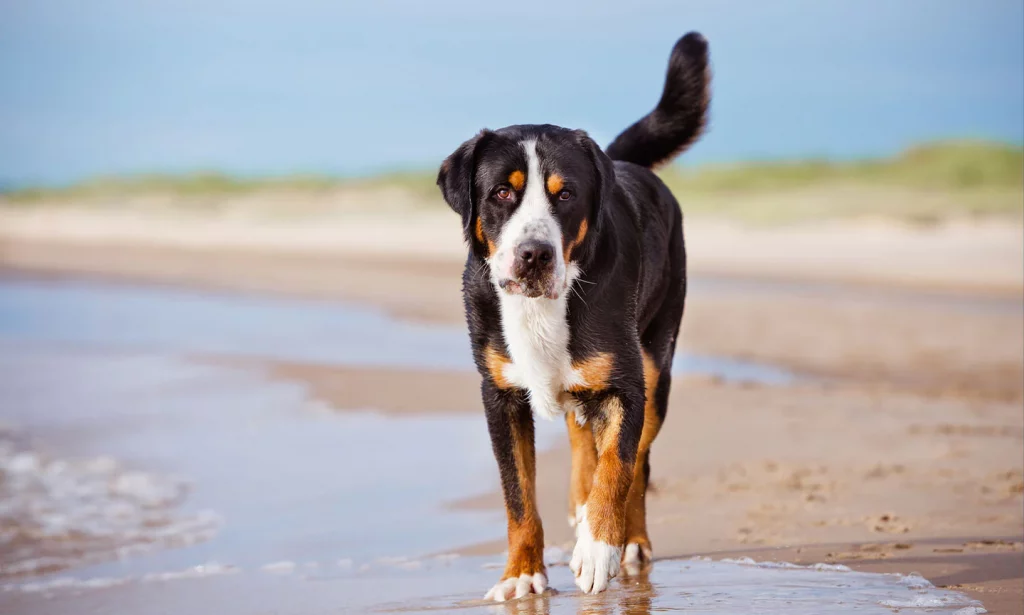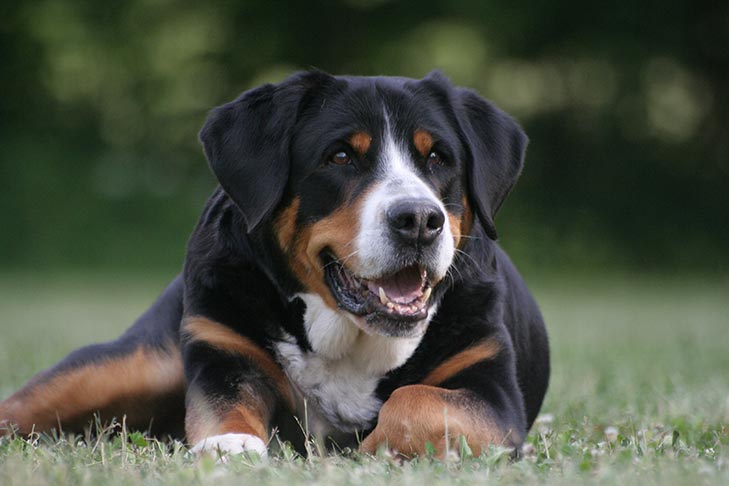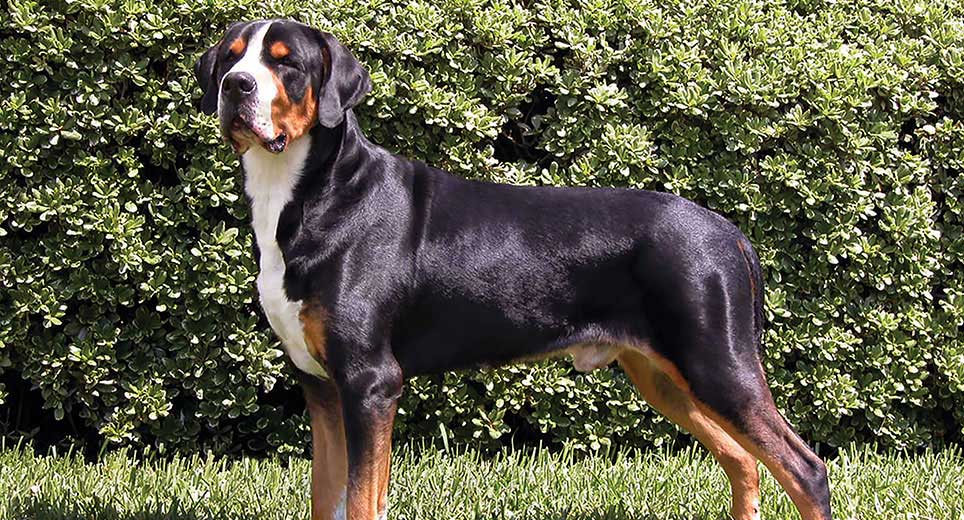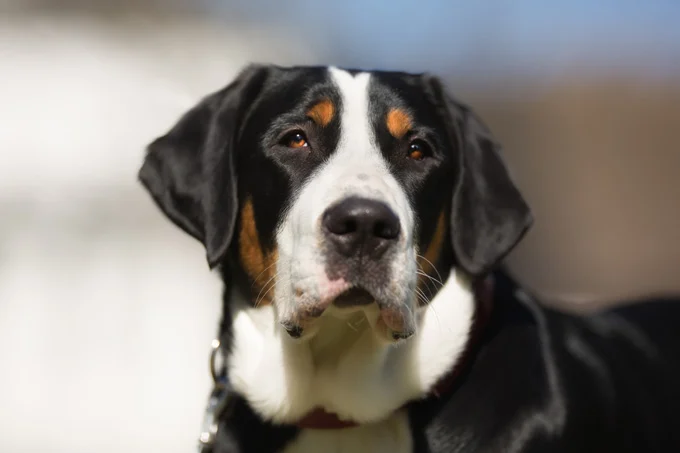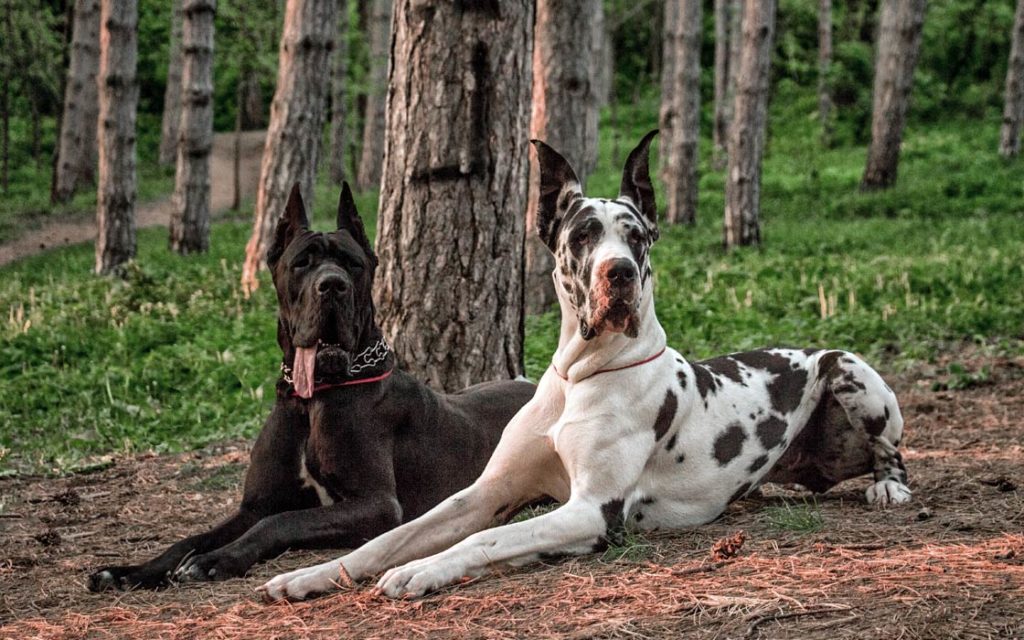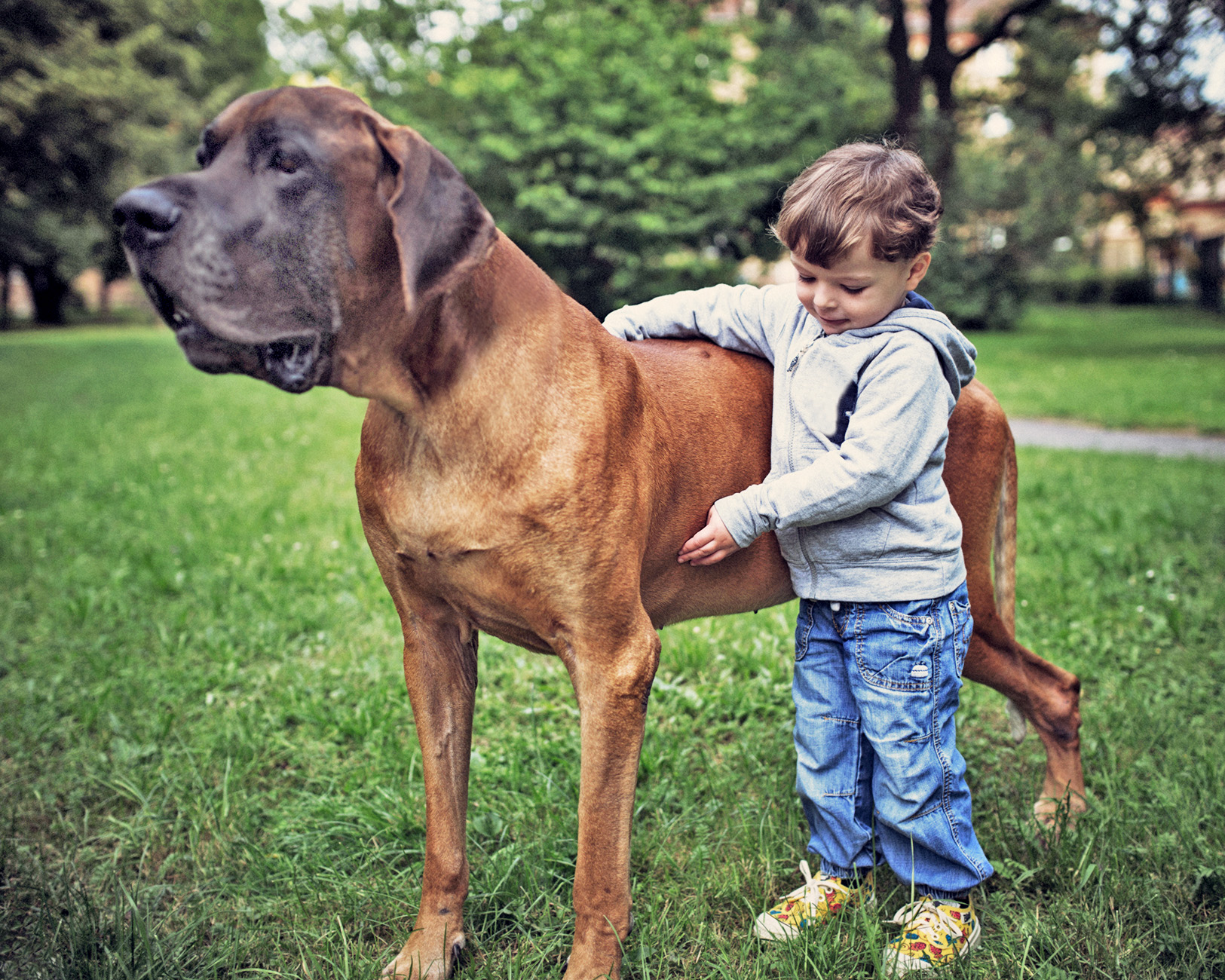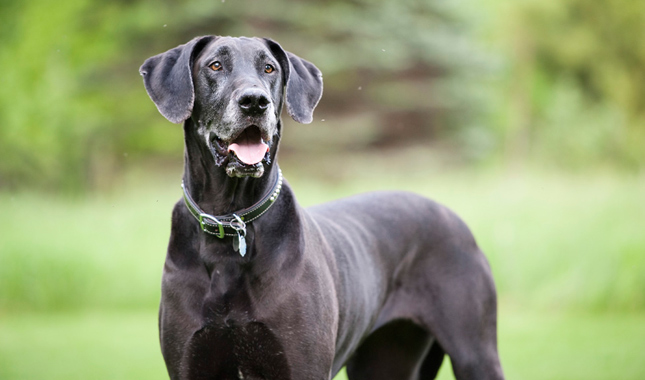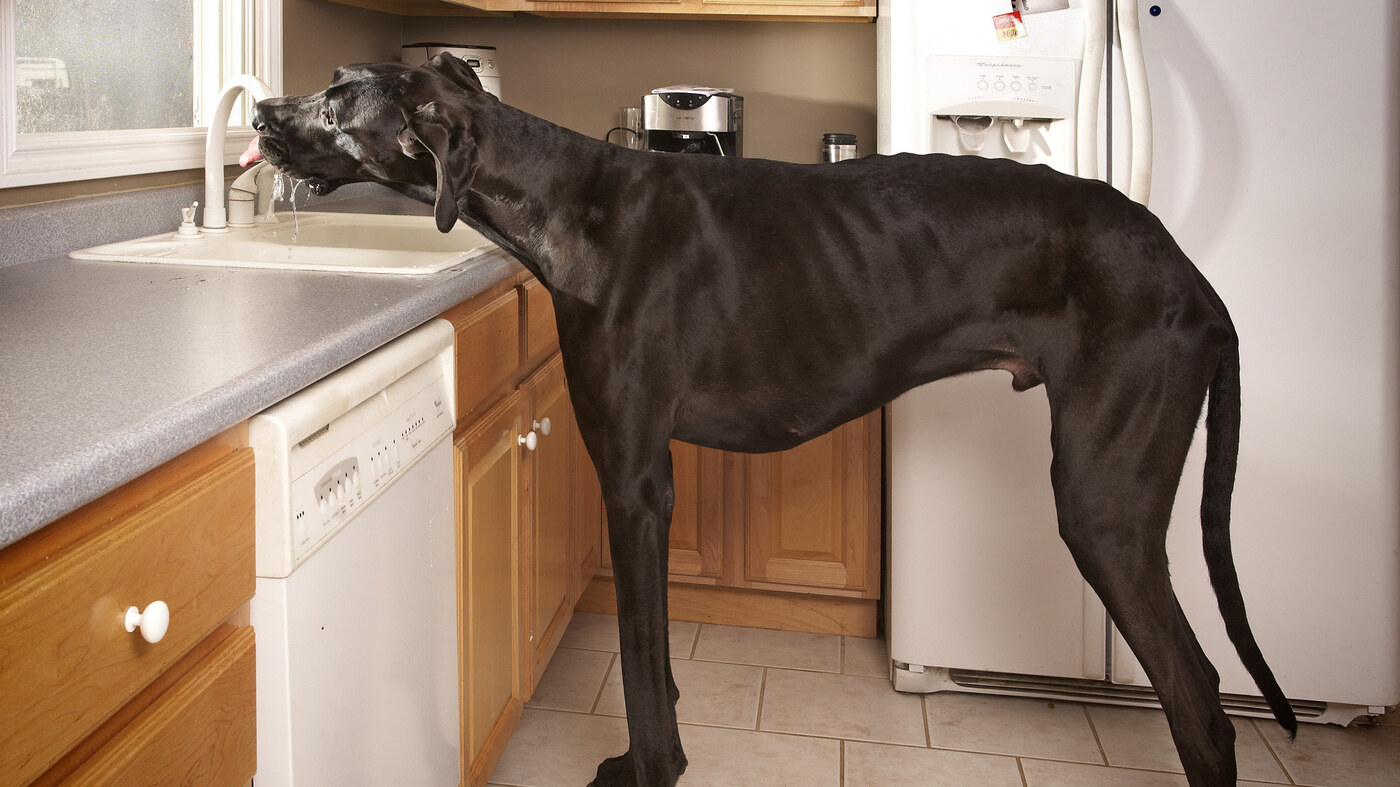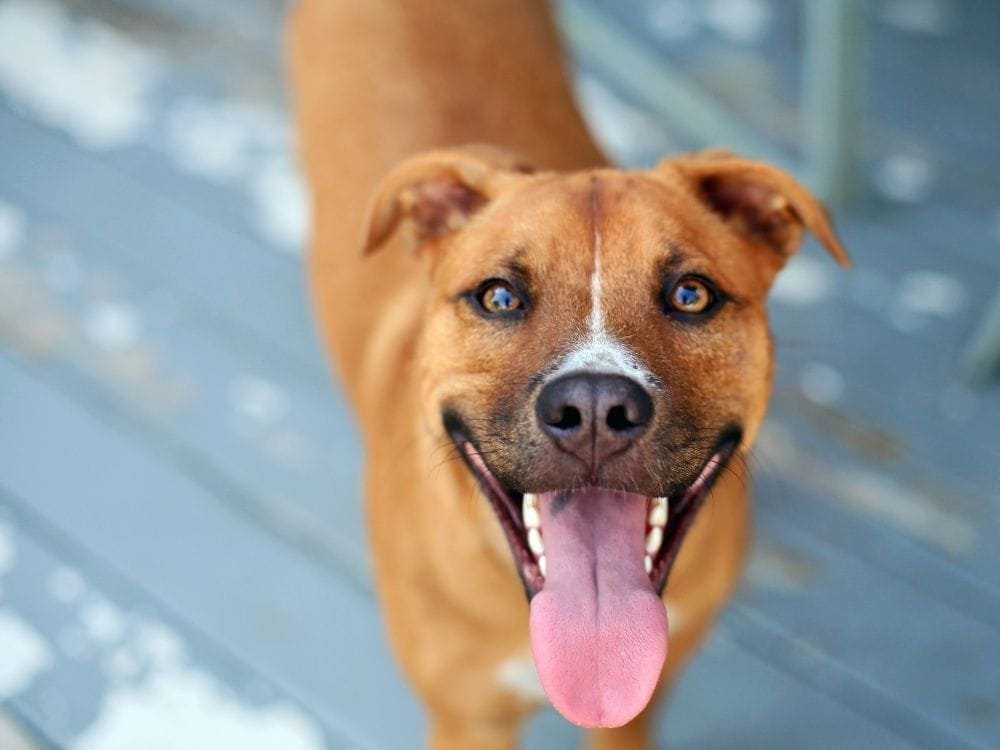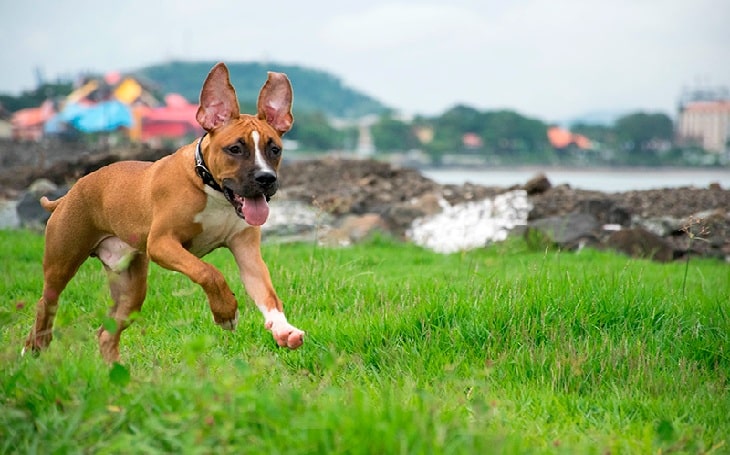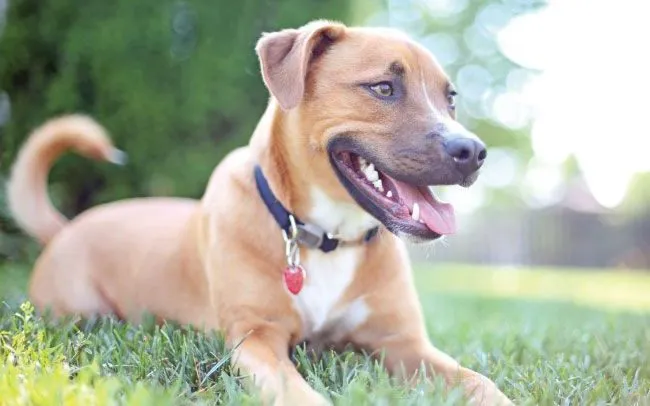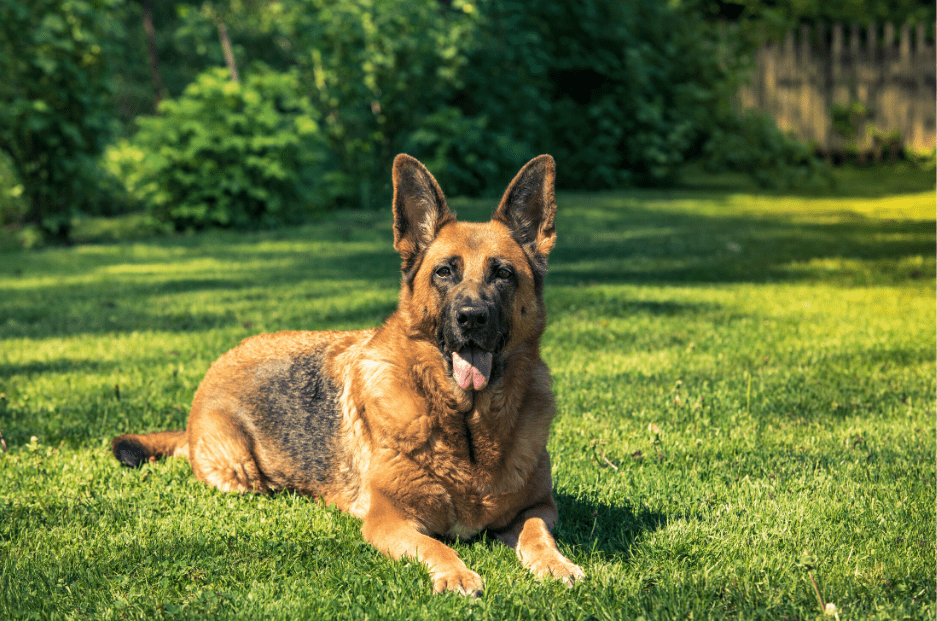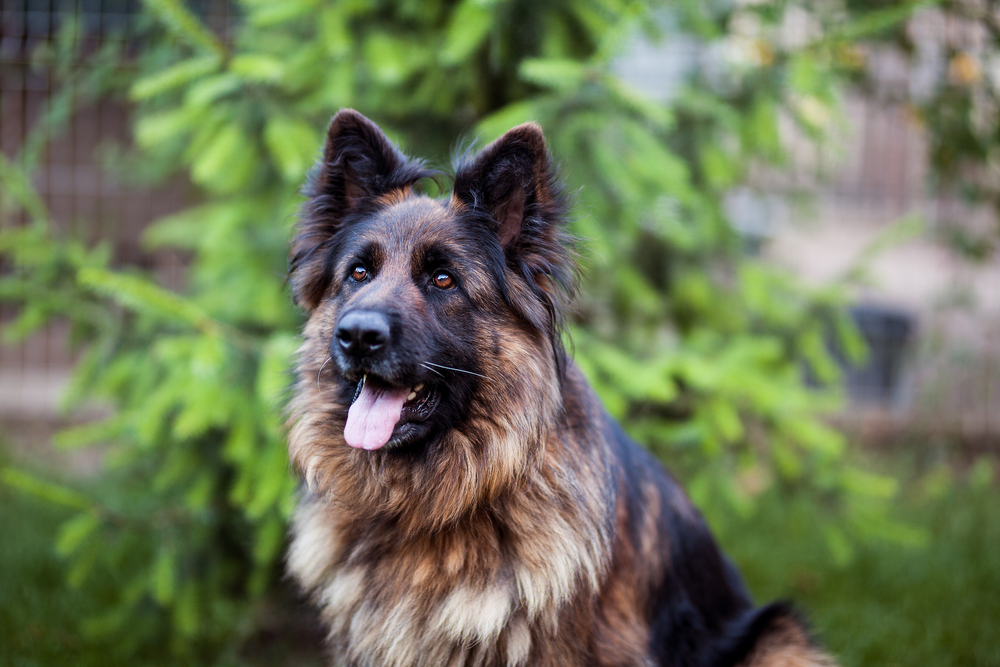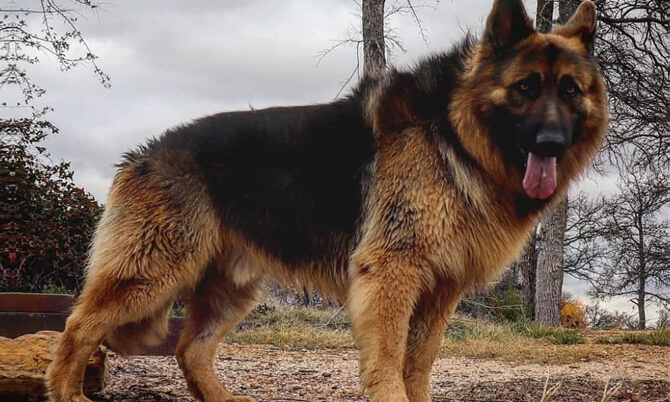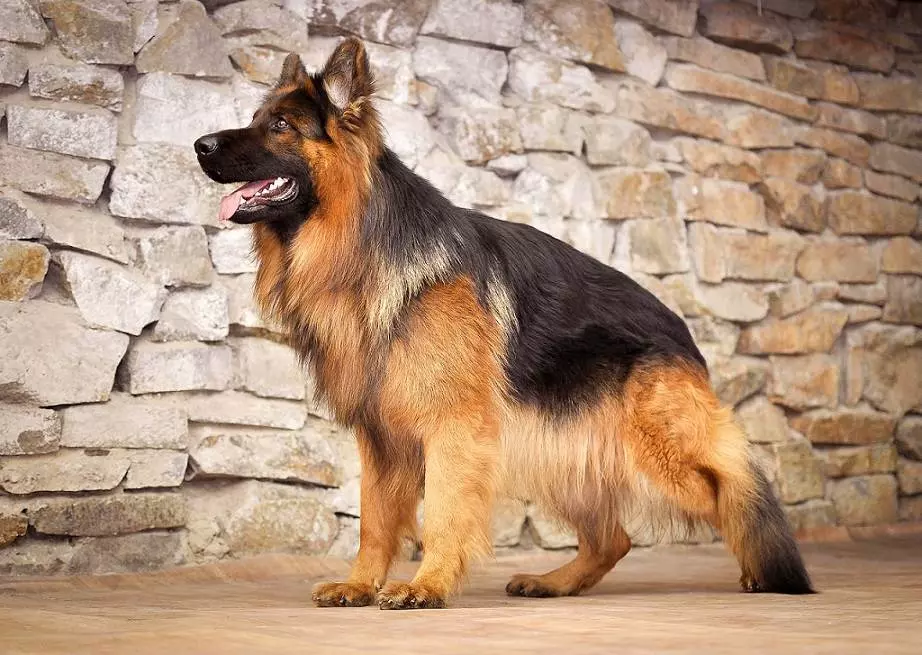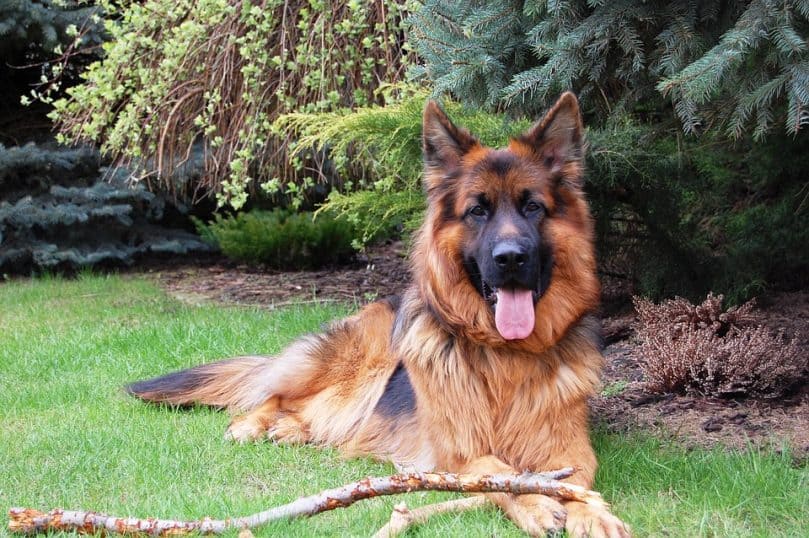Belgian Shepherd Dog Breeds are similar to the Dutch Shepherd and the German Shepherd Dog, although they were established in Belgium. Unlike other countries in Western Europe, Belgian farmers did not seek to standardize their dog breeds. By the end of the 19th century, the Belgian Shepherd was becoming obsolete and was in danger of extinction. On the other hand, Belgian Shepherd Temperament are known for their intelligence and sensitivity and are quick to learn and understand new commands and tasks.
In 1891, the Club de Chien Berger Belge was formed with the purpose of saving the type. In 1910, a team led by Professor Adolphe Reul of the Cureghem Veterinary School conducted a field survey of the Belgian Shepherd, finding that there was much variation in appearance. The breed had been bred for working ability rather than form and size.
In 1905, it was decided that the different varieties should stop interbreeding. However, this was difficult because of disruptions caused by World War I. In 1920 it was decided that mating between the varieties should be allowed to preserve the breed.
The Belgian Shepherd Dog Breed, also known as the Chien de Berger Belge, is a breed of medium-sized herding dog that originated in Belgium. There are four recognized varieties: Groenendael (black), Tervuren (black and tan), Laekenois (golden), and Malinois (black and white).
Belgian shepherds are herding dogs, who have been used for many purposes. They have often served in the military, including two World Wars.
Belgian Shepherd Dog Physical Appearance
- The Belgian Shepherd Dog is a strong breed with a body built for endurance, they have a longer stand between 56 and 66 cm with females being on average 52-62cm wither, shorter than males, they usually weigh between 20 and 30 kilograms; the ideal height is 62 cm for males and 58 cm for females.
- The Belgian Shepherd breed has a long head and slender body with pointed ears and a narrow face. They have triangular erect ears that are rounded at the base. Its muzzle is balanced and long, with a black nose and black lips.
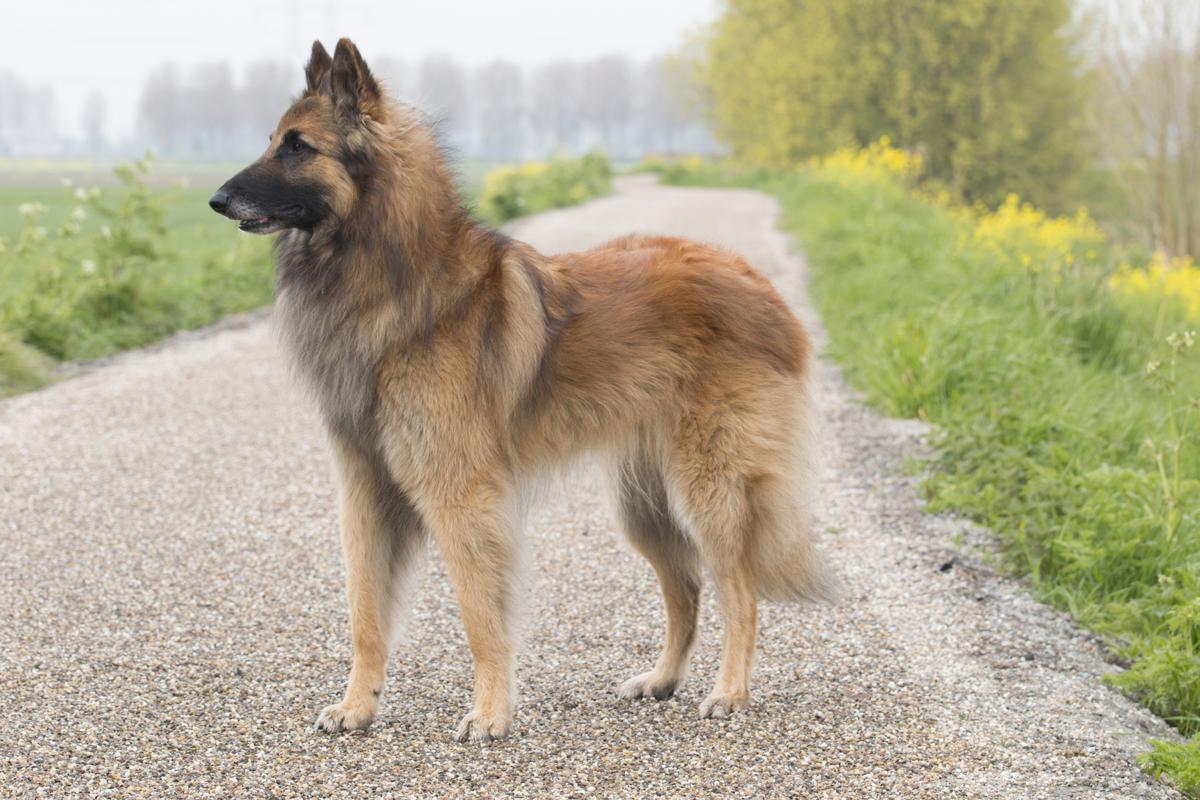
Belgian Shepherd Temperament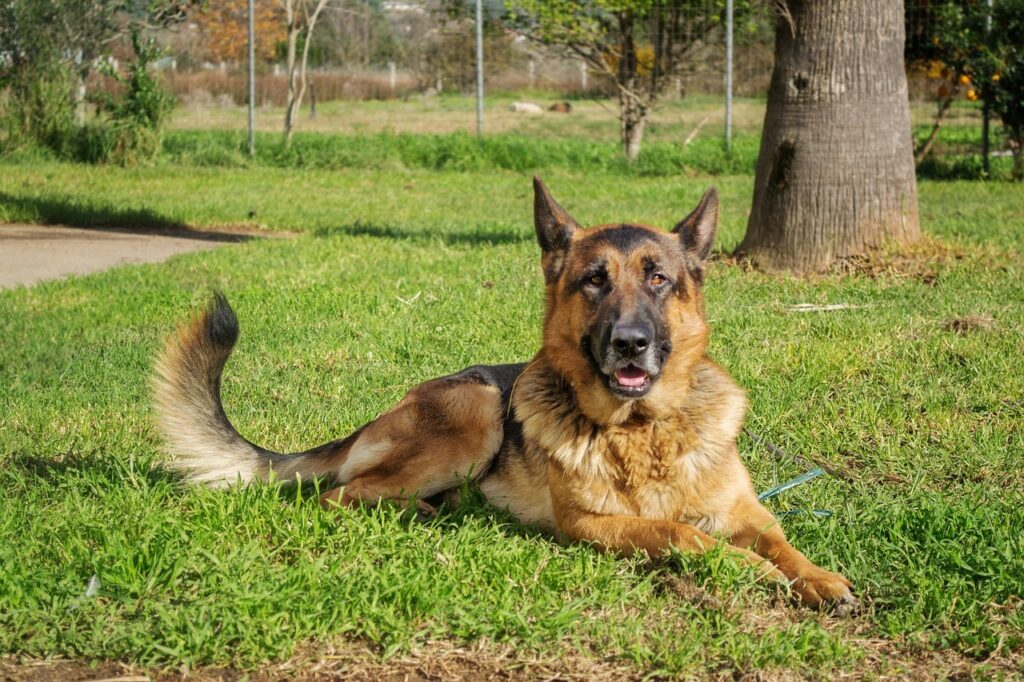
- Belgian Shepherds are known for their intelligence and sensitivity.
- Due to there Temperament, they typically have a strong guarding instinct and thus make for good protectors of property and family; they are also very trainable, vigilant, hard-working, and strong.
- They are good for security services due to their protection nature; they can be troublesome with other dogs at times, also good for children.
- The breed is a very responsive dog breed. It responds very well to sound and understanding training.
The breed requires training from an early age, has a tendency to try to dominate a weaker-willed master, and requires exercise. Due to its continued breeding for security roles, the Belgian Shepherd adapts well to living indoors. The Belgian Shepherd Dog makes a good watchdog, but can also be very friendly around those he knows well.
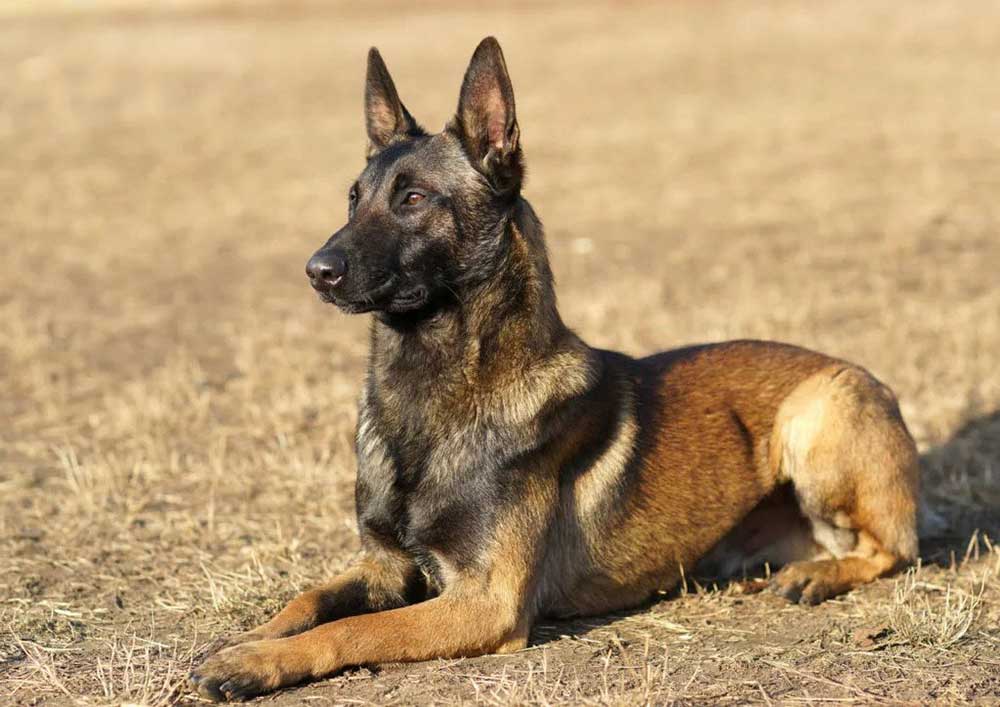
Belgian Shepherd Dog Training and Caring
- The Belgian Shepherd is a very active and powerful breed, so he requires at least an hour of regular exercise each day.
- In addition to plenty of physical activity, the Belgian Shepherd needs plenty of mental stimulation as well.
- If he is not getting the required exercised or bored, this breed may become destructive.
The Belgian breed is a sensitive breed that needs proper training and socialization. He does well with other dogs and pets, too, if he’s been properly introduced. This long-haired breed requires daily brushing to keep its coat in good condition. He sheds seasonally, so regular baths are needed for maintenance.
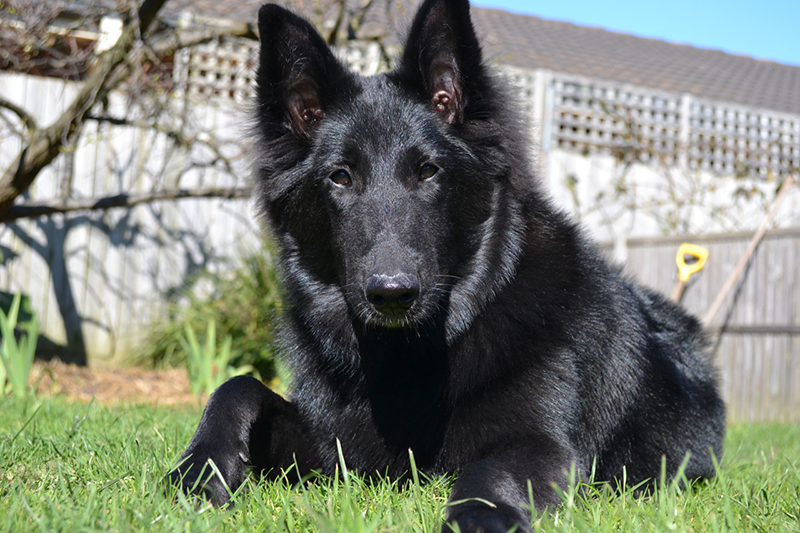
Belgian Shepherd Dog Health
This breed is generally a healthy breed, though he has some health problems. This dog can suffer from eye problems such as cataracts and progressive retinal atrophy. He also can have skin problems such as allergies and yeast infections.
Hip dysplasia, epilepsy, and gastric torsion are other health issues that affect Belgian Shepherds. These dogs tend to live an average of 12to 14 years.
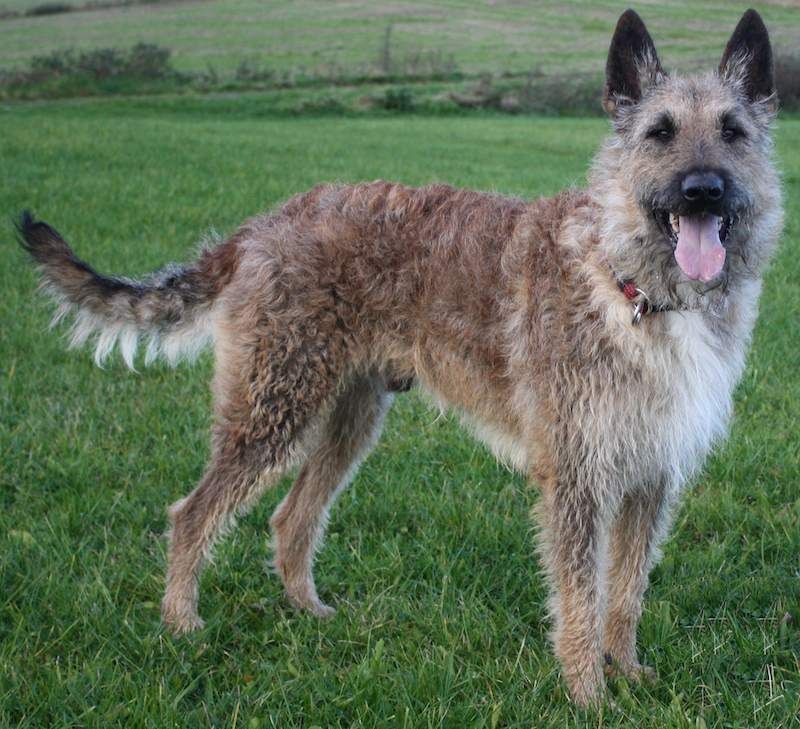
Belgian Shepherd Review
- Alert and watchful
- Affectionate with family members
- Excels in many canine sports; highly trainable
- Requires hours of daily exercise and training
- Can become restless and vocal when bored
- Guarding instincts may lead to aggression
Belgian Sheepdog Dog Breed Pictures
Belgian Sheepdog Dog Breed Pictures
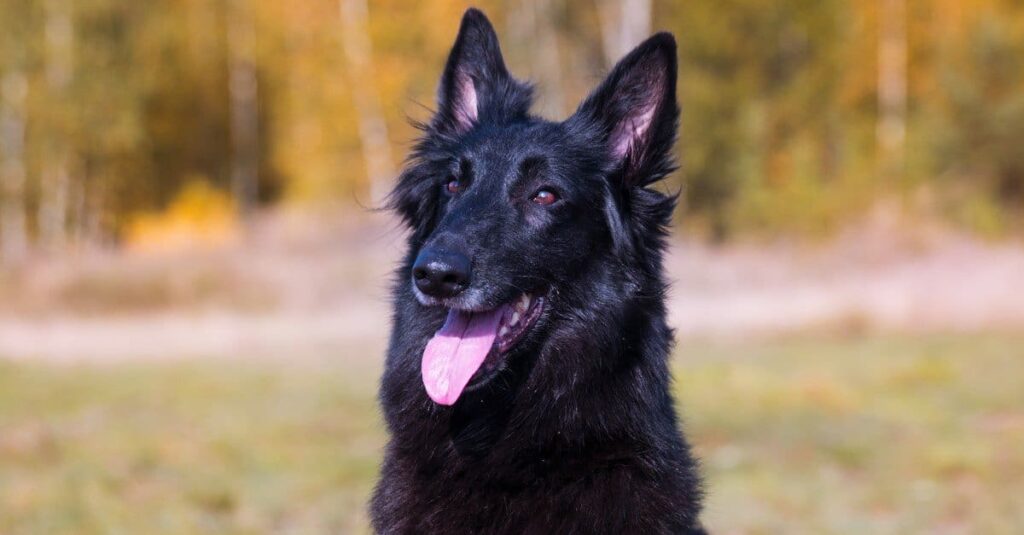
Belgian Sheepdog Dog Breed Pictures
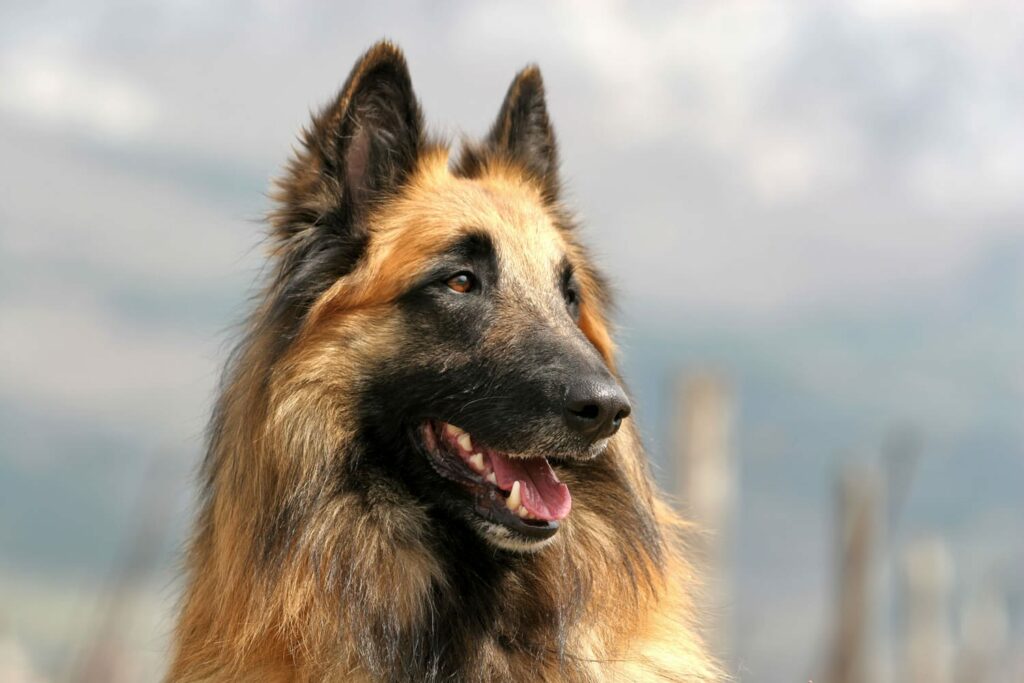
Belgian Sheepdog Dog Breed Pictures
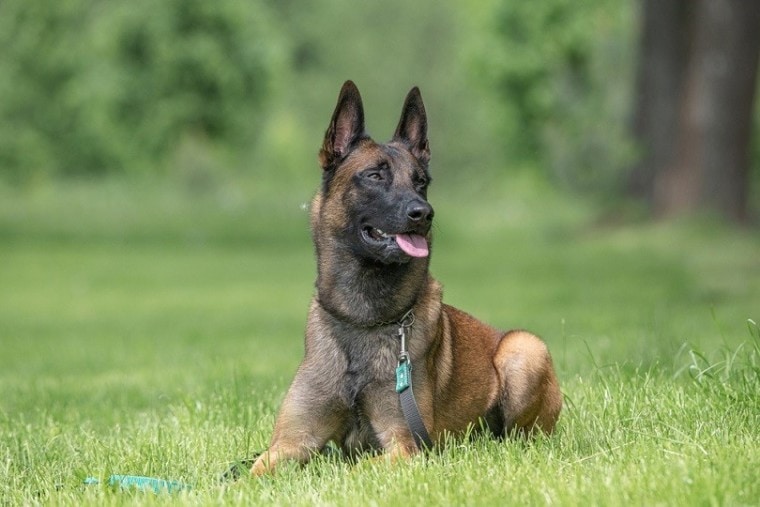
Belgian Sheepdog Dog Breed Pictures
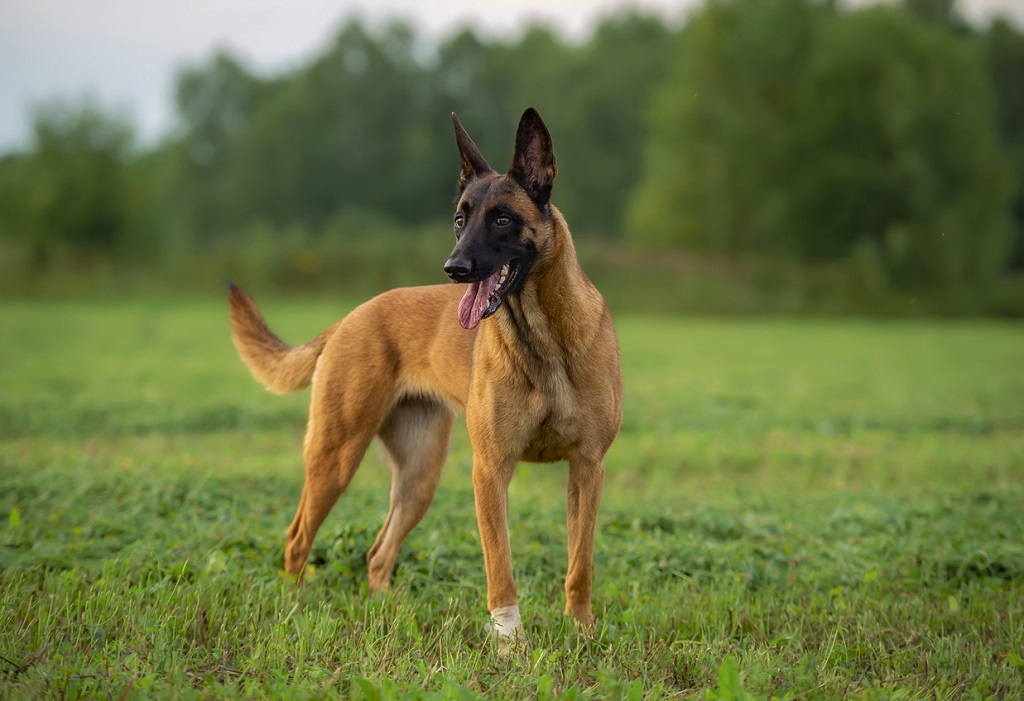
How to Train Belgian Shepherd
Training a Belgian Shepherd requires patience, consistency because Belgian Shepherds are intelligent and energetic dogs. Belgian Shepherd Temperament are known for their intelligence and sensitivity and are quick to learn and understand new commands and tasks.
Here are some few tips to effectively train your Belgian Shepherd
- Begin training your Belgian Shepherd puppy as soon as you bring them home due to early socialization.
- Sit, stay, come, heel, and down should be the basic commands to teach your Belgian Shepherd.
- Due to Belgian Shepherd Temperament, it’s important to prevent them from becoming overly territorial or aggressive.
- Belgian Shepherd to different people and places.
- Teach your dog to walk on a leash without pulling.
- Belgian Shepherds are high-energy dogs that need regular exercise.
- Be consistent with your commands and training methods.
Belgian Shepherd is unique dog, and training progress may vary.
Belgian Malinois vs German shepherd who would win?
Belgian Malinois and German Shepherd are intelligent, highly trainable, and have been utilized in various roles, such as police work, military service, search and rescue, and as loyal family companions.
Considering the bit force; Belgian Malinois has a bite force of 195psi while German Shepherds have a bite force of 238psi. Using the Bite force has a yardstick, The German Shepherd has a much stronger bite force than the Malinois.
Which is better Belgian Malinois or German Shepherd
Both breeds are exceptional working dogs and have their strengths and weaknesses. Here’s a comparison of the two breeds:
- Malinois are known for their high energy levels and intense drive while German Shepherds are also highly intelligent and versatile working dogs.
- They are usually slightly smaller than German Shepherds while They are generally larger than Belgian Malinois.
- German Shepherds Temperament or the Belgian Shepherd Temperament are known for their loyalty, courage, and protective instincts while Malinois are highly intelligent and quick learners.
Choosing between a Belgian Malinois and a German Shepherd depends on your experience with dogs.
How much is a Belgian Shepherd?
how much does a Belgian Shepherd cost depends on the dog’s age, pedigree, coat color, training, and the owners reputation. Belgian Shepherd puppies on the average cost from $1,000 to $3,000 or more depending on the breeder. Belgian Shepherd Temperament are known for their intelligence and sensitivity.
How much is a German Shepherd Belgian Malinois Mix
German Shepherd Belgian Malinois mixes, also known as German Malinois or Belgian Shepherds, The average price of this mix can vary, The Price could range from $500 to $1500 or more. Belgian Shepherd Temperament are known for their intelligence and are quick to learn new tasks.
Tervuren Belgian Shepherd
The Tervuren Belgian Shepherd, also known as the Belgian Tervuren or Chien de Berger Belge, is one of the four varieties of Belgian Shepherds.
The Tervuren is named after the village of Tervuren in Belgium, where the breed was first developed. It is a medium to large-sized dog with a strong and elegant appearance.
They are known for their intelligence, agility, and versatility.
Belgian Shepherd vs German shepherd
Belgian Shepherd and German Shepherd are both popular dog breeds.
Let’s explore each breed
- As the name suggests, Belgian Shepherds originated in Belgium while German Shepherds, as the name indicates, originated in Germany.
- Belgian Shepherd are medium to large-sized dogs with a athletic build while the German Shepherd are medium to large-sized dogs with a well-muscled body.
- Belgian Shepherds were used as herding and working dogs while the German Shepherds have been widely used in police and military work.
- The German Shepherd typically has a longer, thicker double coat compared to the Belgian Shepherd
- German Shepherds is the classic black and tan, while Belgian Shepherds come in different colors depending on the variety.
- German Shepherds are among the most popular dog breeds worldwide, while Belgian Shepherds are also popular but not as recognized globally.
Belgian Shepherds and German Shepherds are outstanding breeds. Belgian Shepherd Temperament are known for their sensitivity and are quick to understand new commands and tasks.
RECOMMENDED ARTICLES
- Mastiff Dog Breed – 8 Exclusive Body Characteristics, Behaviour and Health
- 3 Little-Known Facts About Saint Bernard Dog; Body Characteristics, Behaviour And Health
- Portuguese Water Dog; 4 Comprehensive Body Characteristics, Behaviour And Health
- Newfoundland Dog : 3 Comprehensive Body Characteristics, Behaviour And Health
- 3 Little-Known Facts About Samoyed Dog &; Characteristics, Behaviour And Health
This website’s material is not intended to be a substitute for expert safety advice or professional treatment, nor should it be used to diagnose or treat any health issue or condition. It also is not meant to give any legal opinion or advice. For legal, medical, or other professional advice, please contact your Veterinary Doctor or other healthcare provider. We do not assume any duty for and do not warrant the reliability or operation of, the goods or services we evaluate, which are offered by third parties. Only educational aims are served by our content.
If you like, please share it. Sharing is usually caring.

